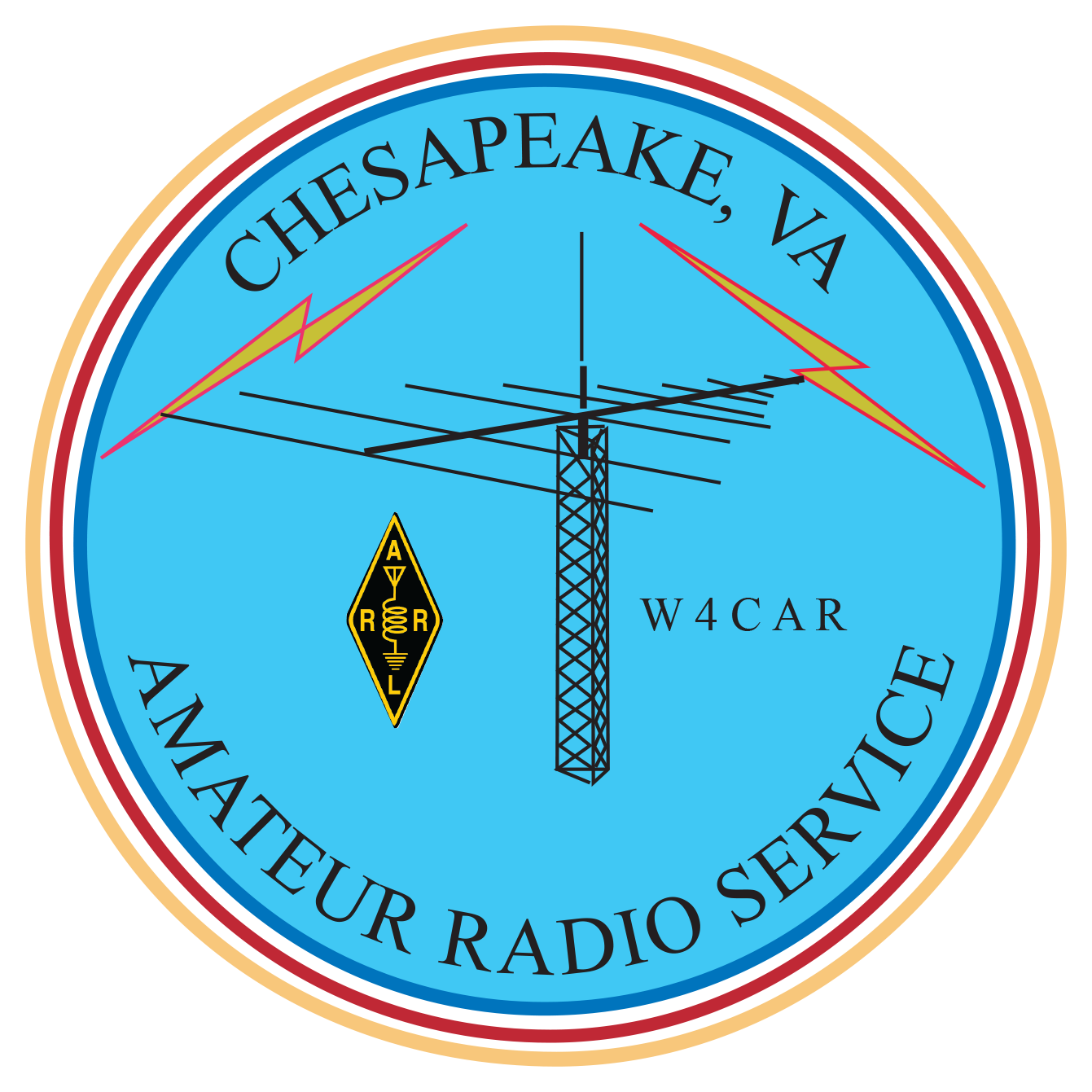Ham Radio Audio interfaces can be frustrating for a new ham however, understanding audio interfaces can significantly enhance your experience in ham radio. In this guide, we'll explore what audio interfaces are, their functions, and how they can benefit your ham radio setup.
What is an Audio Interface?
An audio interface is a device that connects a radio to other equipment, such as a computer or mobile device that we will refer to as host. It acts as a bridge between your host and radio in order to transmit data in the form of audio tones through a radio. Computers typically communicate to each other using digital communication methods however ham radios cannot pass the data directly between two computers via digital. A computer must turn the digital into an analog, or audio format that can be placed on a radio wave in order to be transmitted and received. The conversion from digital to analog (audio) requires an audio interface for the transmitting and receiving station in order to allow computers running software to modulate and demodulate end user data.
Functions of Audio Interfaces in Ham Radio:
Audio Conversion: One of the primary functions is to convert digital signals from your computer or other sources into audio signals for transmission over the airwaves. Conversely, the receiving end will reverse the process on to convert audio signals into digital.
Control Signals: The computer or control device sends specific control signals to the audio interface when it needs to key the radio transmitter. These signals can be in the form of simple voltage changes, digital commands, or audio tones such as VOX. The output signals from the audio interface are then connected to the appropriate input on the radio transmitter. This connection typically involves plugging a cable into a designated keying port or connector on the transmitter.
Connectivity Interfaces:
Computer - Audio interfaces for ham radio are required to be connected to a computer for digital input/output. The connection is usually an USB or serial connection for digital control commands such as computer aided tranciever (CAT), and audio. For audio transport, modern day audio interfaces communicate via USB and act as an output or input similar to a speaker and microphone. The device can be found in sound settings.
Radio - Audio interfaces include an interface cable to be connected directly to a ham radio via a variety of different methods depending on the ham radio. Many use DIN, Mini-din, RJ45, RJ11, or 3.5mm jack connectors. This interface is determined by brand and model of the tranceiver.

